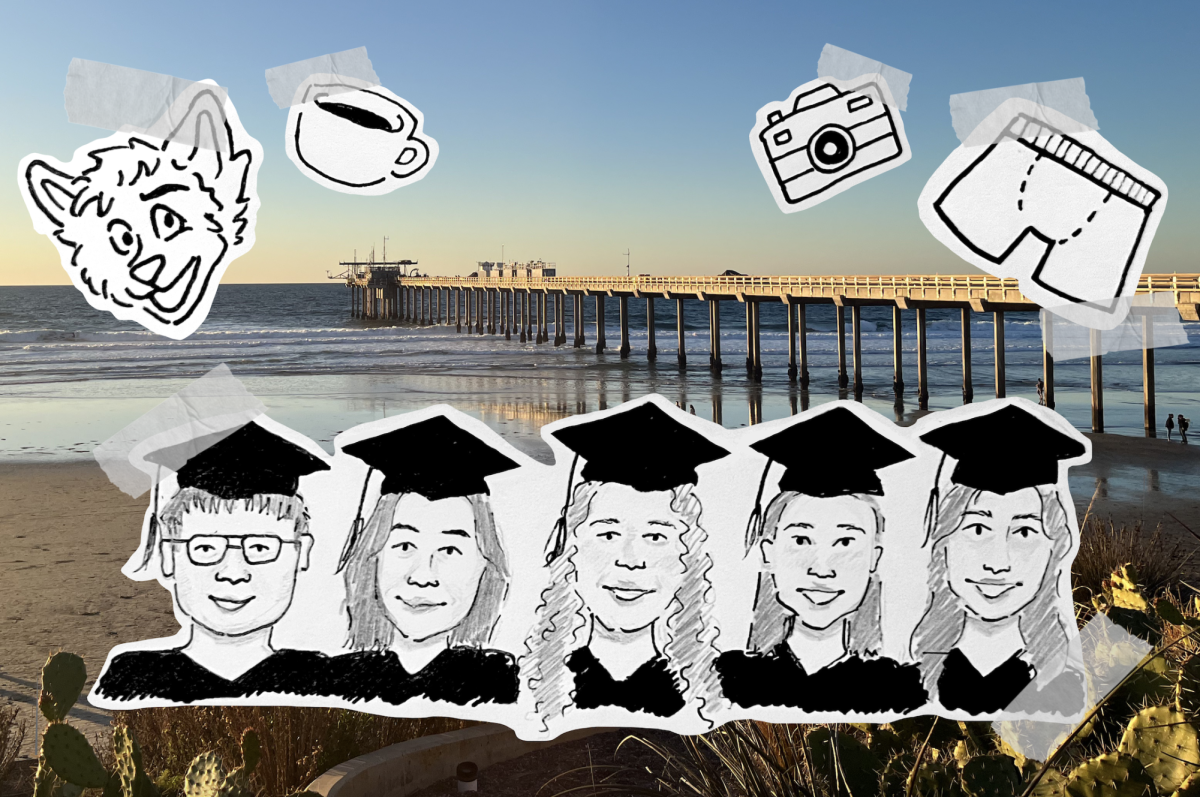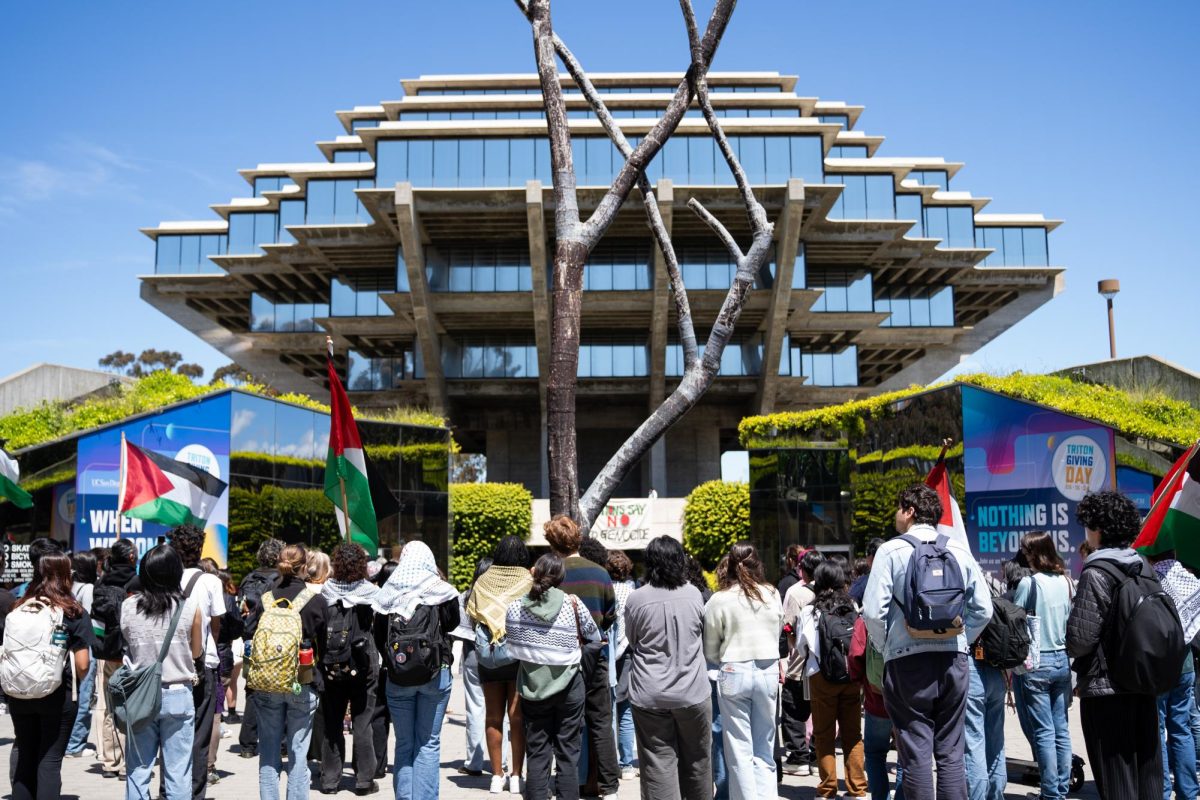Throughout the country, colleges are starting First Year and Transfer Year Experiences. The UCSD Guardian delved into the UCSD programs, one for each of the six colleges, and saw how students become the teacher.

Everyone is aware of how difficult the switch from high school, or even community college, to a large university like UCSD can be. We have an intimate knowledge of the pains and joys of this transition, because we’ve done it. A large number of colleges across America, including UCSD, have introduced the First Year Experience and Transfer Year Experience, in an attempt to guide students and give them structure in their first quarter.
The FYE coordinator, Sophia Davidson, claims that a successful transition can enormously help incoming students.
“Our FYE program gives students the tools they need to be successful in their college career,” Davidson told the UCSD Guardian. “Research across the country has shown a significant hike in retention and graduation rate.”
UCSD, unlike many other universities, offers the program for credit. Each of the six colleges tailors their curriculum to their specific values and GE programs while aiding students as they explore the six-college system. Classes are a mix of lectures, guest speakers, discussions and activities. Another special part of the program is the partnership between FYE, TYE and organizations on campus such as CAPS, Geisel Library and Student Affairs. Presentations by these groups assist students with their questions about college life: time management, personal health, how to get well acquainted with academic integrity, how to interact with professors and how to get involved on campus.
Looking back at their own first few weeks, many students who struggled during their first quarter realize that they could have benefited from this program. Allen Bolar, a teaching assistant for the Eleanor Roosevelt College program, aims to help students who are nervous about the transition to a large university.
“The ideal student is one who feels that this is a huge change in their lives going from high school to college or something before college,” Bolar told the UCSD Guardian. “One way I think about it is we are teaching students ‘how to student,’ which is a funny way to put it since these are UCSD students and they are presumably great students and have been good students their whole life, but university life is different. There are a lot more opportunities and a lot more challenges [when] you are in a large city-like environment. From my own personal experience, it’s this sink-or-swim moment.”
A crucial element of this program, however, seems to be its Discussion Leaders, who act as TAs and mentors. Chosen from a wide range of majors and backgrounds, the DLs only have one common factor: the desire to mentor students and the experience necessary to do so. After they are accepted, DLs undergo training in the spring and then begin teaching in the fall.
“From the program’s perspective, at least my perspective, DLs are the single most important piece of the program because they are the ones meeting with incoming students every week,” Bolar said. “Ideally they are getting a chance to pass on some of their knowledge and experience. We also want it to be a chance to give back to students. We want them to have experience and practice in teaching. We work every week on pedagogy and how to make a lesson plan. …For advanced undergraduates who are thinking about graduate school to put their toe in the water, but actually they do everything that a TA does.”
The DLs of the program lead weekly sections after lecture and learn to put together not only lesson plans but also free-writes, discussions and assignments. While this is just a taste of what it is like to be a TA, the program allows undergraduates to briefly step behind the lectern and glimpse what they might be doing in a few years. This creates a unique relationship as the DLs gain valuable teaching experience and students adapt to college life.
ERC senior Reina Ishii expanded on what it means to be a part of the FYE and TYE programs. For her, every time she is in front of her students represents a chance to mentor fresh-faced freshmen.
“I chose to apply to be a DL because I wanted to help first year students learn to adjust to the academic culture of UCSD,” Ishii told the Guardian. “I am able to share my academic struggles and accomplishments, which eventually leads me to advise and guide students on their own. Also, I wanted to show students that, in a way, they are not alone on campus, and there are resources.”
Not only do the DLs lead class and discuss issues such as diversity and inclusion, but they also teach simple lessons on how to reach out to professors or gain a research position.
“From this program, I can see personal growth in my students, whether it is dedication to their academics or involvement on campus,” Ishii said. “One moment that I felt that my students realized the benefits of this course was when I displayed the answers to ‘what did you want to learn from FYE,’ and my students were able to answer them and provide a list of resources to accomplish that goal.”
This student-to-student mentorship shines when DLs, who are peers and well aware of the different hardships and exciting opportunities, can console and guide new students. Moreover, along with the students’ feedback, the DLs and instructors are already working together to create a better and more helpful curriculum.
“I hope to see this program continue to grow and expand to an all-year program, rather than just one quarter,” Ishii said. “Also, I want to see the appreciation and dedication of being a UCSD student from students within this program based on the amount of material and resources FYE provides.”
This year, 490 first years enrolled in the program. Davidson and the FYE Advisory Board seek to expand the program next year to enroll more student and put on more events. Meanwhile, the hunt is on for next year’s DLs.
“We want [DLs] who are great examples of what students could be.” Bolar said. “The DLs we’ve had have been uniformly exemplary, who not only are great at learning but represent a richness to their university experience. A DL should be a student who is interested in helping people and isn’t afraid of being in front of 20 people each week.”







